I'm writing a G-Code interpreter and am having difficulties determining the center of a circle when given (X, Y) for two Points on the circle and the radius. I can plot a circle from 2 Points when given the center coint, but if a radius value is given instead, I can't use that to the a center point.
I've looked up multiple examples that are written in different forms of math (calculus, geometry, trig, etc.) but can't translate any of them to code. My understanding is that the values given generate two different center/intersecting points. Those are what I need to figure out.
The interpreter is running on an Arduino and written in C. If someone could just walk me through it in pseudo code even, I would be very grateful.
Thanks!





